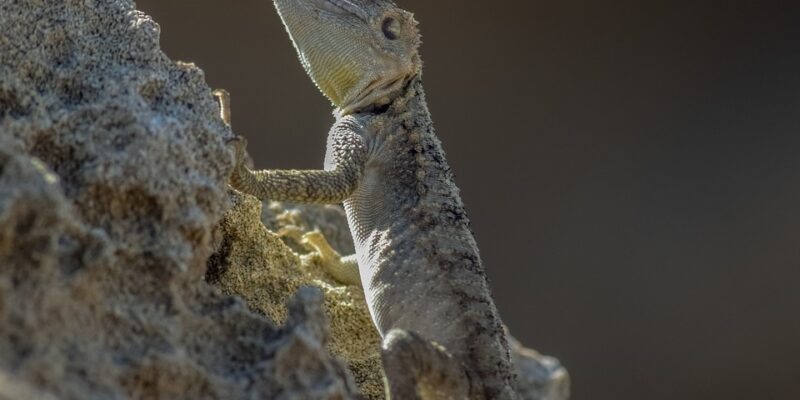Adaptations of Arctic Animals: Surviving in Extreme Cold Conditions
The Arctic is one of the harshest environments on Earth, with temperatures dropping well below freezing for much of the year. Despite these extreme conditions, a variety of animals have adapted to thrive in this frozen landscape. From thick fur coats to specialized diets, these adaptations have helped these creatures survive in one of the most challenging environments on the planet.
Fur and Blubber
One of the most important adaptations for Arctic animals is their thick fur coats and layers of blubber. These serve as insulation, helping to keep the animals warm in the freezing temperatures. Polar bears, for example, have two layers of fur: a dense, woolly undercoat and longer guard hairs on top. This combination helps them retain body heat and stay warm in the frigid Arctic waters.
Similarly, marine mammals like seals and whales have thick layers of blubber under their skin. This layer of fat acts as both insulation and a food reserve, helping these animals survive in the icy waters of the Arctic. Without this adaptation, they would quickly succumb to the cold temperatures.
Behavioral Adaptations
In addition to physical adaptations, many Arctic animals have developed unique behaviors to help them survive in their frozen habitat. For example, some species hibernate during the long, dark winters. Arctic ground squirrels, for instance, spend up to eight months in hibernation, lowering their body temperature and metabolism to conserve energy during the cold season.
Other animals, like caribou and Arctic terns, migrate thousands of miles to escape the harsh Arctic winter. By moving to warmer climates, these animals can find food and avoid the extreme cold temperatures of their northern home.
Diet and Feeding Adaptations
Finding food in the Arctic can be a challenge, but many animals have evolved specialized diets and feeding strategies to survive in this harsh environment. Arctic foxes, for example, have adapted to eat a wide range of foods, including small mammals, birds, fish, and insects. This flexibility allows them to find food even when their usual prey is scarce.
Polar bears have also developed unique feeding strategies to survive in the Arctic. They are powerful swimmers and can cover long distances in search of seals, their primary prey. When on land, they use their keen sense of smell to locate seal breathing holes in the ice, allowing them to ambush their prey.
Camouflage and Coloration
Many Arctic animals have evolved to blend in with their snowy surroundings, using camouflage to avoid predators and sneak up on their prey. Snowy owls, for example, have white feathers that help them blend in with the snow-covered landscape, making it easier to catch unsuspecting prey.
Arctic foxes, similarly, have coats that change color with the seasons, turning from brown in the summer to white in the winter. This adaptation allows them to remain hidden from predators and prey, giving them a better chance of survival in the harsh Arctic environment.
Adaptations for Swimming and Diving
Many Arctic animals, including seals, whales, and polar bears, rely on swimming and diving to find food and travel long distances in the icy waters of the Arctic. These animals have evolved specialized adaptations to help them thrive in this challenging environment.
Seals, for example, have streamlined bodies and powerful flippers that allow them to swim quickly and maneuver through the water with ease. They also have thick blubber layers that help insulate them from the cold temperatures of the Arctic Ocean.
Polar bears, on the other hand, are excellent swimmers and can travel long distances in search of food. They use their large, powerful paws to paddle through the water and their keen sense of smell to locate seals beneath the ice. With these adaptations, polar bears are able to thrive in the icy waters of the Arctic.
In conclusion, the adaptations of Arctic animals are truly remarkable and have allowed them to survive in one of the most extreme environments on Earth. From thick fur coats to behavioral strategies, these creatures have evolved a range of adaptations to help them thrive in the frozen landscape of the Arctic. By understanding these adaptations, we can gain a greater appreciation for the resilience and tenacity of these incredible animals.
